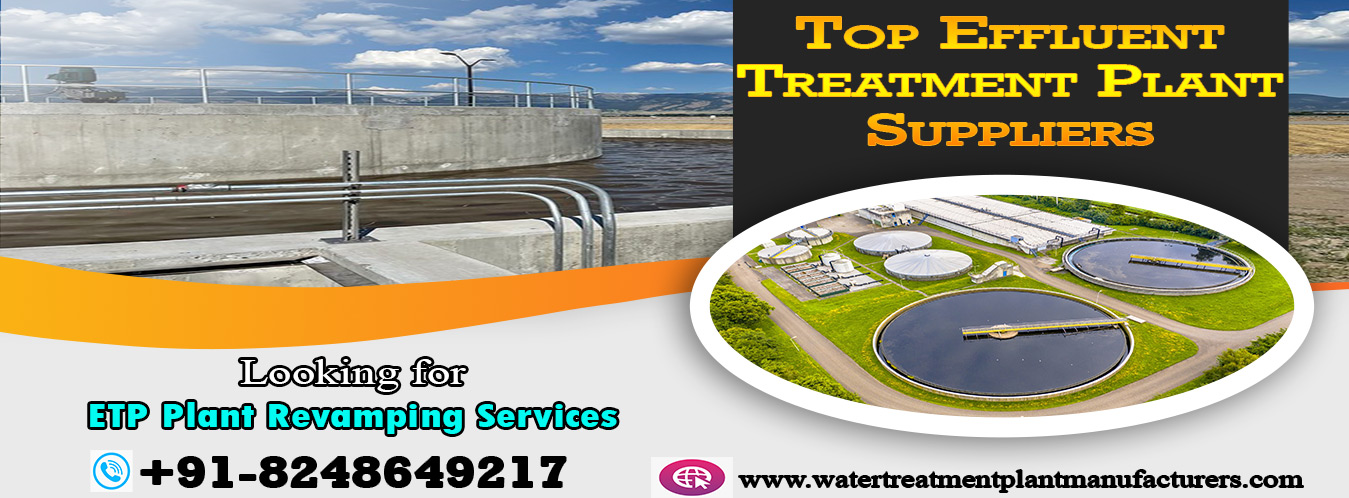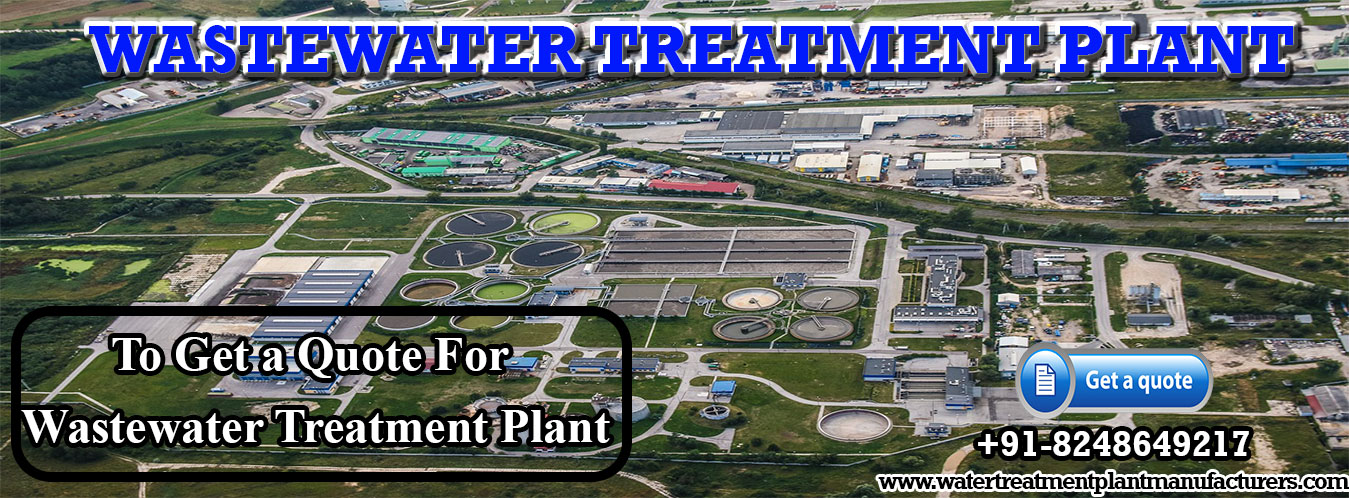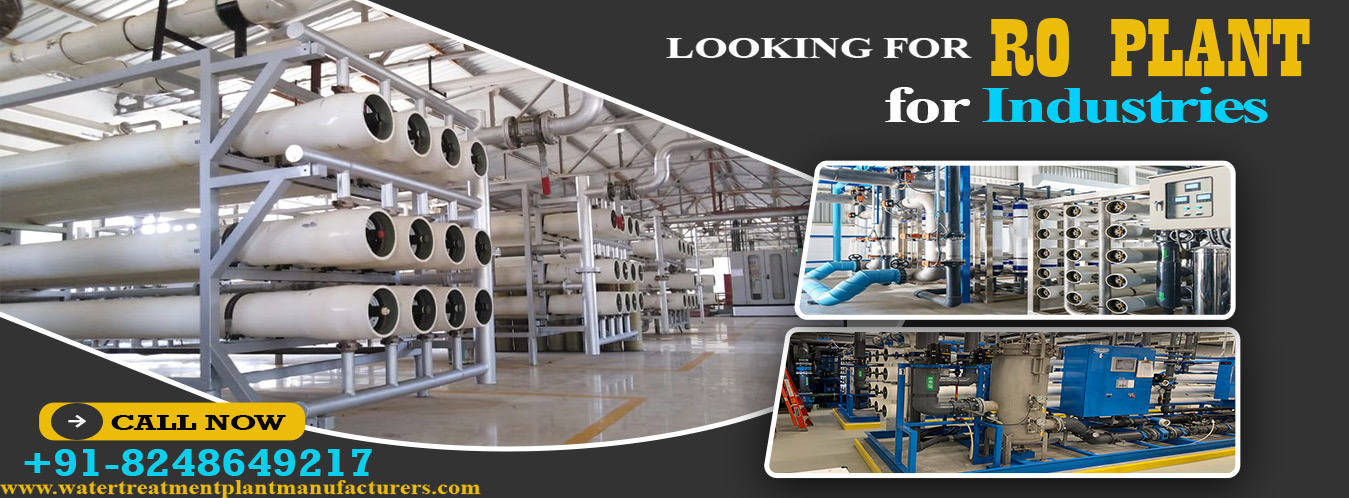
WELCOME
GJ WATER TECHNOLOGIES

WELCOME
GJ WATER TECHNOLOGIES

WELCOME
GJ WATER TECHNOLOGIES

WELCOME
GJ WATER TECHNOLOGIES
Wastewater treatment involves a series of processes designed to remove contaminants and pollutants from wastewater before it is released into the environment or reused. These processes are guided by several fundamental principles to ensure effective and environmentally responsible treatment.
The first principle involves physically removing solid particles and larger debris from wastewater. This is typically achieved through processes like screening, sedimentation, and grit removal. Screening involves passing the wastewater through screens or mesh to capture large objects and debris. Sedimentation allows heavier particles to settle at the bottom of tanks or basins, and grit removal removes sand, gravel, and other course materials.
Biological treatment is a crucial principle of wastewater treatment. It involves the use of microorganisms (bacteria and other microbes) to break down organic matter and remove dissolved contaminants. The two main biological treatment processes are aerobic treatment, which occurs in the presence of oxygen, and anaerobic treatment, which occurs in the absence of oxygen. Common biological treatment methods include activated sludge, trickling filters, and anaerobic digestion.
Chemical treatment is employed to enhance the removal of specific contaminants from wastewater. Chemicals like coagulants and flocculants are added to help settle out suspended solids and improve the effectiveness of sedimentation and filtration processes. Additionally, chemical disinfectants like chlorine or ozone may be used to kill or deactivate pathogens in the wastewater.
In some cases, advanced treatment processes are required to address specific contaminants or achieve higher treatment standards. These processes include advanced oxidation (using powerful oxidants like hydrogen peroxide), membrane filtration (utilizing ultra filtration or reverse osmosis membranes), and nutrient removal (to reduce nitrogen and phosphorus levels). Advanced treatment is often used in situations where regulatory standards are particularly stringent or where the wastewater must be suitable for reuse.
A fundamental principle of wastewater treatment is to adhere to environmental regulations and standards set by local, national, and international authorities. Compliance with these regulations ensures that the treated wastewater is safe for discharge into the environment and that it does not pose a threat to human health or natural ecosystems. Monitoring and testing are essential components of this principle to confirm that treatment objectives are met consistently.
These five basic principles serve as the foundation for designing, operating, and maintaining wastewater treatment plants effectively. The specific treatment processes and technologies employed may vary depending on the characteristics of the wastewater, the desired treatment goals, and the applicable environmental regulations. The overarching aim of wastewater treatment is to protect public health, safeguard the environment, and ensure the responsible management of water resources.
Optimizing wastewater treatment plants for maximum efficiency is crucial to ensure effective treatment, reduce operational costs, and minimize environmental impact.
Here are several strategies and best practices to achieve optimization:
• Regular Maintenance and Inspection
• Monitoring and Data Analysis
• Process Control and Automation
• Energy Efficiency
• Chemical Management
• Biological Process Optimization
• Nutrient Removal
• Sludge Management
• Operator Training
• Safety and Regulatory Compliance
• Resource Recovery and Reuse
• Performance Benchmarking
• Innovation and Technology Adoption
• Collaboration and Partnerships
There are a number of other things that wastewater treatment plants can do to optimize their efficiency. These include:
Using predictive maintenance: Predictive maintenance involves using sensors and other technologies to monitor the condition of equipment and predict when it is likely to fail. This information can be used to schedule maintenance before equipment fails, which can help to reduce downtime and unplanned costs.
Using data analytics: Data analytics can be used to analyze wastewater treatment data to identify trends and patterns. This information can be used to improve the efficiency of the treatment process and identify areas where improvements can be made.
Engaging with the community: Wastewater treatment plants can engage with the community to get feedback on their operations and identify opportunities for improvement. This can help to ensure that the plant is meeting the needs of the community and that it is operating in a way that is environmentally responsible.
By implementing these strategies, wastewater treatment plants can become more efficient and sustainable.
Optimizing a wastewater treatment plant is an ongoing process that requires commitment to continuous improvement and adaptability to changing conditions. Regular monitoring, data analysis, and a proactive approach to addressing issues are essential for achieving and maintaining maximum efficiency in wastewater treatment operations.
